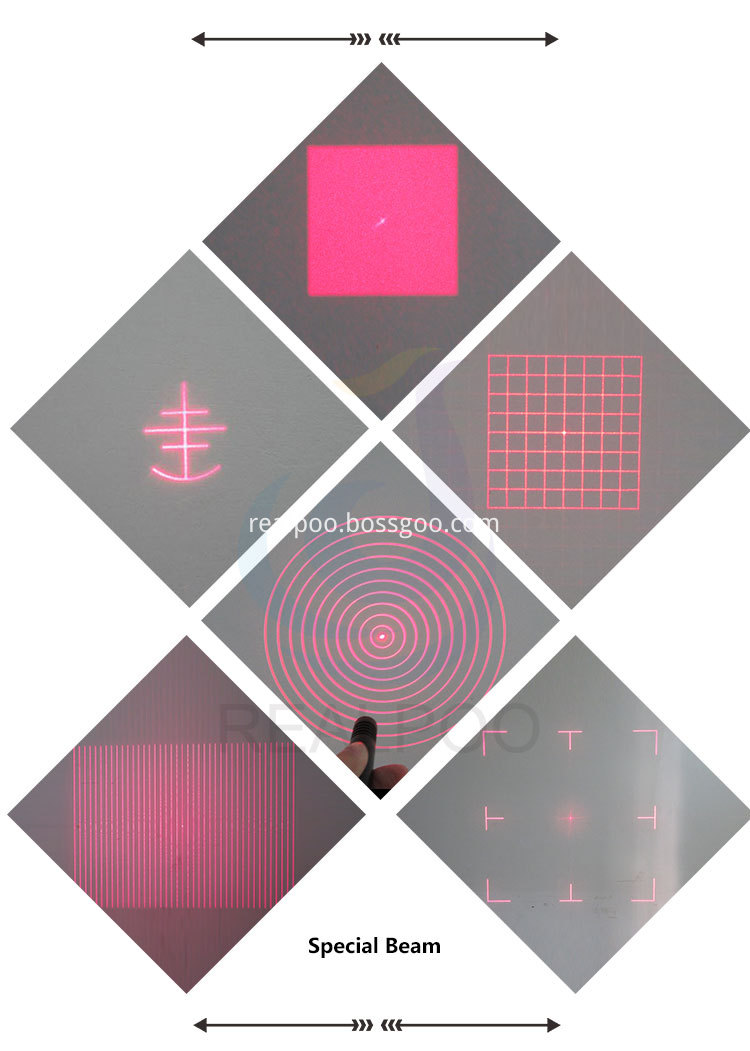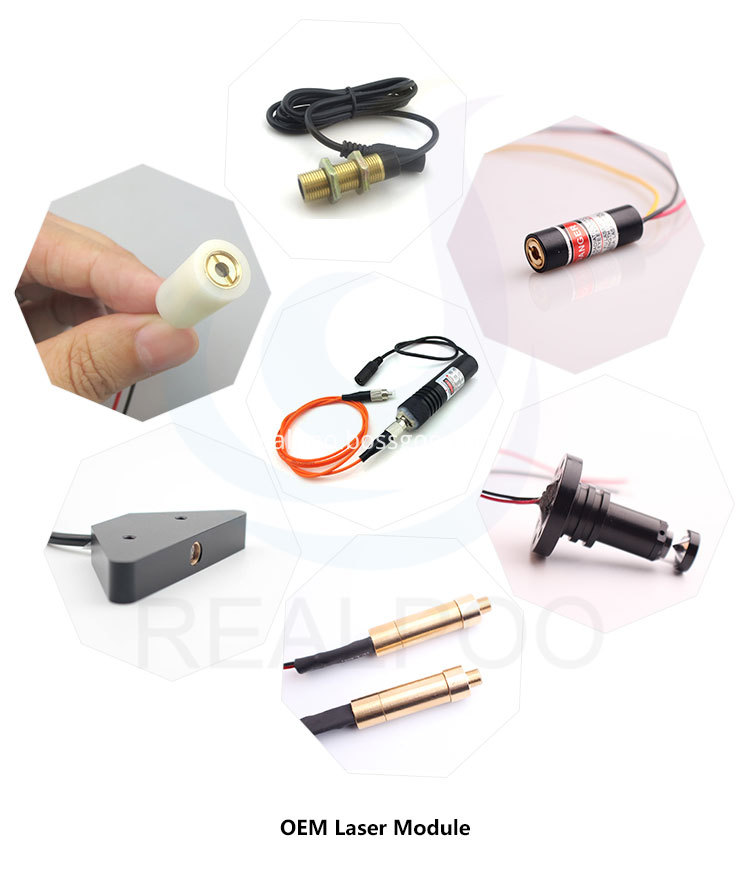Angular velocity sensors may be unfamiliar to many, but if you hear the term "gyroscope," it's likely that most people recognize it. A gyroscope is a device used to sense and maintain direction, based on the principle of angular momentum. Once the gyroscope starts spinning, it resists changes in its orientation due to the angular momentum of the rotor.
In simple terms, the axis of rotation of a spinning object tends to remain stable unless an external force acts upon it. If you've ever played with a gyroscope, you know that when it encounters an external force, its axis doesn't simply follow the direction of that force. This same principle is applied when riding a bicycle—when the wheels spin faster, they are less likely to fall over because the axle has increased stability.
Based on this principle, humans have developed gyroscopes to maintain direction. The orientation of the gyroscope’s axis is measured in various ways, and the resulting data is transmitted automatically to a control system.
The basic components of a gyroscope include:
1. **Gyro Rotor**: Usually driven by a synchronous motor, hysteresis motor, or three-phase AC motor to rotate at high speed around the axis.
2. **Inner and Outer Frames**: These structures allow the gyroscope’s axis to have the necessary rotational freedom.
3. **Accessories**: Such as torque motors and signal sensors.
Gyroscopes have two key characteristics: **rigidity in space** and **precession**, both based on the conservation of angular momentum.
- **Rigidity in Space**: When the rotor spins at high speed, the axis remains stable in inertial space, resisting any changes in its orientation. The stability depends on the moment of inertia and the angular velocity of the rotor.
- **Precession**: When an external torque is applied, the gyroscope rotates perpendicular to the direction of the force, which is known as precession. The magnitude of this effect depends on the external force, the rotor’s moment of inertia, and its angular velocity.
The gyroscope was invented by French physicist Léon Foucault in 1850 to study the Earth's rotation. It resembled a high-speed spinning gyroscope mounted on a gimbal, allowing it to measure angular velocity. Today’s compact versions look completely different from their early counterparts.
After its invention, the gyroscope was first used in navigation, even before airplanes were developed. Later, it became essential in aviation. Since planes can’t visually determine direction like on the ground, the gyroscope quickly became a core component of flight instruments.
During World War II, Germany used early inertial guidance systems for missiles, relying on gyroscopes to determine direction and angular velocity. Although the technology was not yet precise enough, it laid the foundation for modern missile guidance.
Since the 1970s, gyroscopes have evolved significantly. Fiber optic gyroscopes (FOGs) and laser gyroscopes emerged, offering higher accuracy, compact design, and reliability. These modern gyroscopes replaced traditional mechanical ones in many applications, becoming key components in navigation systems.
Today, smartphones use MEMS (Micro-Electro-Mechanical Systems) gyroscopes. While less accurate than fiber or laser types, they are small, low-cost, and suitable for mass production, making them ideal for mobile devices, automotive systems, and medical equipment.
Gyroscopes can be classified based on their degree of freedom and support mechanisms. Common types include ball-bearing gyroscopes, liquid-floating gyroscopes, electrostatic gyroscopes, flexible gyroscopes, and laser gyroscopes. Each type has unique advantages and applications.
MEMS gyroscopes, for example, are widely used in consumer electronics due to their miniaturization and cost-effectiveness. They rely on Coriolis forces to detect angular velocity and are manufactured using advanced microfabrication techniques.
Beyond navigation and control systems, gyroscopes play a crucial role in stabilization, precision measurement, and scientific research. They help stabilize trains, ships, and aircraft, provide accurate azimuth references, and are vital in aerospace and defense technologies.
Without gyroscopes, modern life as we know it would not exist. From satellites to smartphones, these tiny devices have revolutionized how we move, communicate, and explore the world. In the next section, we’ll dive deeper into the real-world applications of gyroscopes and their impact on our daily lives.
Realpoo Optics can offer laser module in violet, blue, green, red, and infrared wavelength.
And beam type we have is dot, line and cross. We can custom made beam shape as you required.


Laser Module,Crosshair laser,Laser Diode Module,Red Laser Module, Line Laser
Changchun Realpoo Photoelectric Co., Ltd. , https://www.optics-realpoo.com